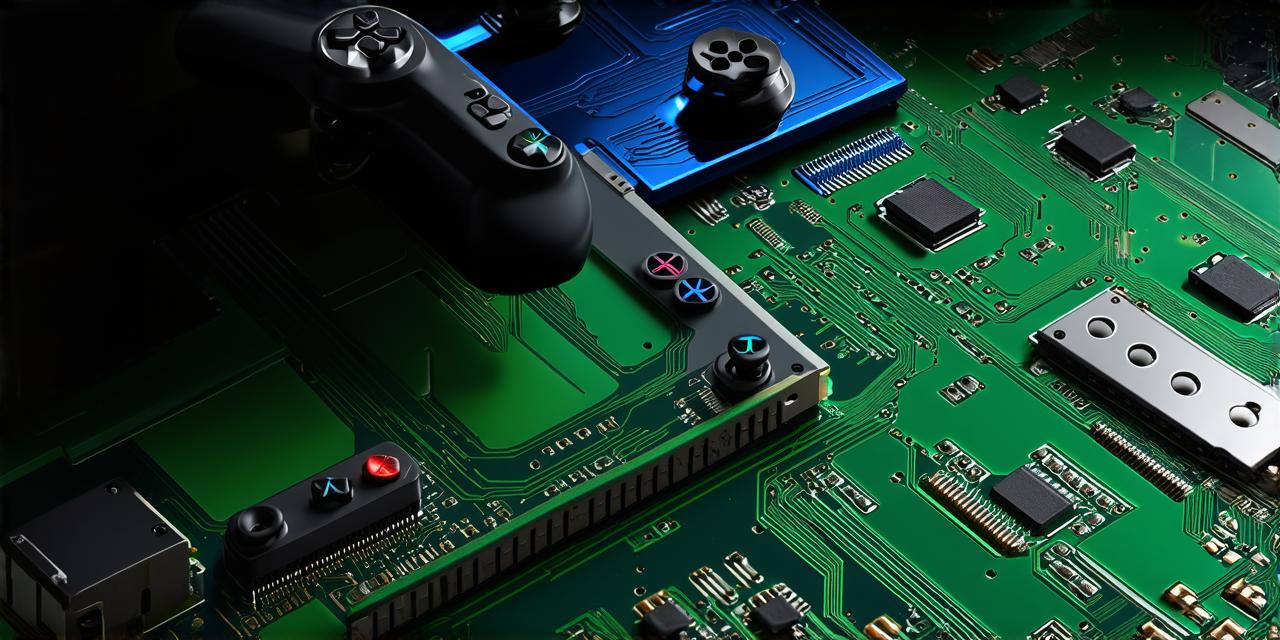Introduction:
In recent years, game development has evolved significantly with the rise of the games as a service (GaaS) model. GaaS is a subscription-based model where players pay for access to a game’s content and features over time rather than purchasing it outright. This model has become increasingly popular among game developers due to its ability to generate recurring revenue, provide a more stable income stream, and enable continuous updates and improvements to the game.
The Benefits of GaaS for Game Developers:

- Recurring Revenue: With GaaS, game developers can generate recurring revenue by charging players a subscription fee to access their games. This allows them to create a more stable income stream and reduce their financial risks associated with developing and releasing a new game.
- Continuous Updates and Improvements: GaaS enables game developers to continuously update and improve their games without worrying about the cost of development or distribution. This allows them to keep their games fresh, engaging, and relevant to players, which can help increase player retention and loyalty.
- Reduced Development and Distribution Costs: GaaS can also reduce the development and distribution costs associated with creating and releasing a new game. By leveraging cloud-based infrastructure, game developers can avoid the upfront costs of purchasing and maintaining hardware and software, which can significantly reduce their capital expenditures.
- Better Analytics and Player Insights: GaaS platforms provide game developers with valuable analytics and player insights that can help them better understand their audience and improve their games. This data can be used to identify areas for improvement, track player behavior, and optimize monetization strategies.
- Access to a Global Audience: GaaS enables game developers to reach a global audience without the need for extensive distribution networks or localization efforts. This can help them tap into new markets and increase their revenue potential.
Case Studies:
1. Fortnite: Epic Games, the developer of Fortnite, has been able to generate significant revenue through its GaaS model. The game has over 200 million players worldwide and generates billions of dollars in annual revenue. Fortnite’s success can be attributed to its continuous updates and improvements, which keep players engaged and coming back for more.
2. World of Warcraft: Blizzard Entertainment, the developer of World of Warcraft, has also been able to generate significant revenue through its GaaS model. The game has over 15 million players worldwide and generates millions of dollars in annual revenue. World of Warcraft’s success can be attributed to its rich content and immersive gameplay experience, which keep players engaged and coming back for more.
3. Final Fantasy XIV: Square Enix, the developer of Final Fantasy XIV, has also been able to generate significant revenue through its GaaS model. The game has over 15 million players worldwide and generates millions of dollars in annual revenue. Final Fantasy XIV’s success can be attributed to its rich storytelling and engaging gameplay experience, which keep players engaged and coming back for more.
How to Adopt the GaaS Model:
- Define Your Monetization Strategy: Before adopting the GaaS model, game developers need to define their monetization strategy. This includes deciding on the subscription fee, in-game purchases, or other revenue streams that will be used to generate recurring revenue.
- Choose a GaaS Platform: Game developers need to choose a GaaS platform that meets their needs and budget. There are several GaaS platforms available, including Steam, Epic Games Store, and Xbox Live Arcade.
- Develop Your Game: Game developers need to develop their game with the GaaS model in mind. This includes designing the game with continuous updates and improvements in mind, as well as integrating analytics and player insights to optimize monetization strategies.
- Launch Your Game: Once the game is developed, game developers need to launch it on the chosen GaaS platform. They should also promote their game through social media, influencer marketing, and other channels to attract new players.
